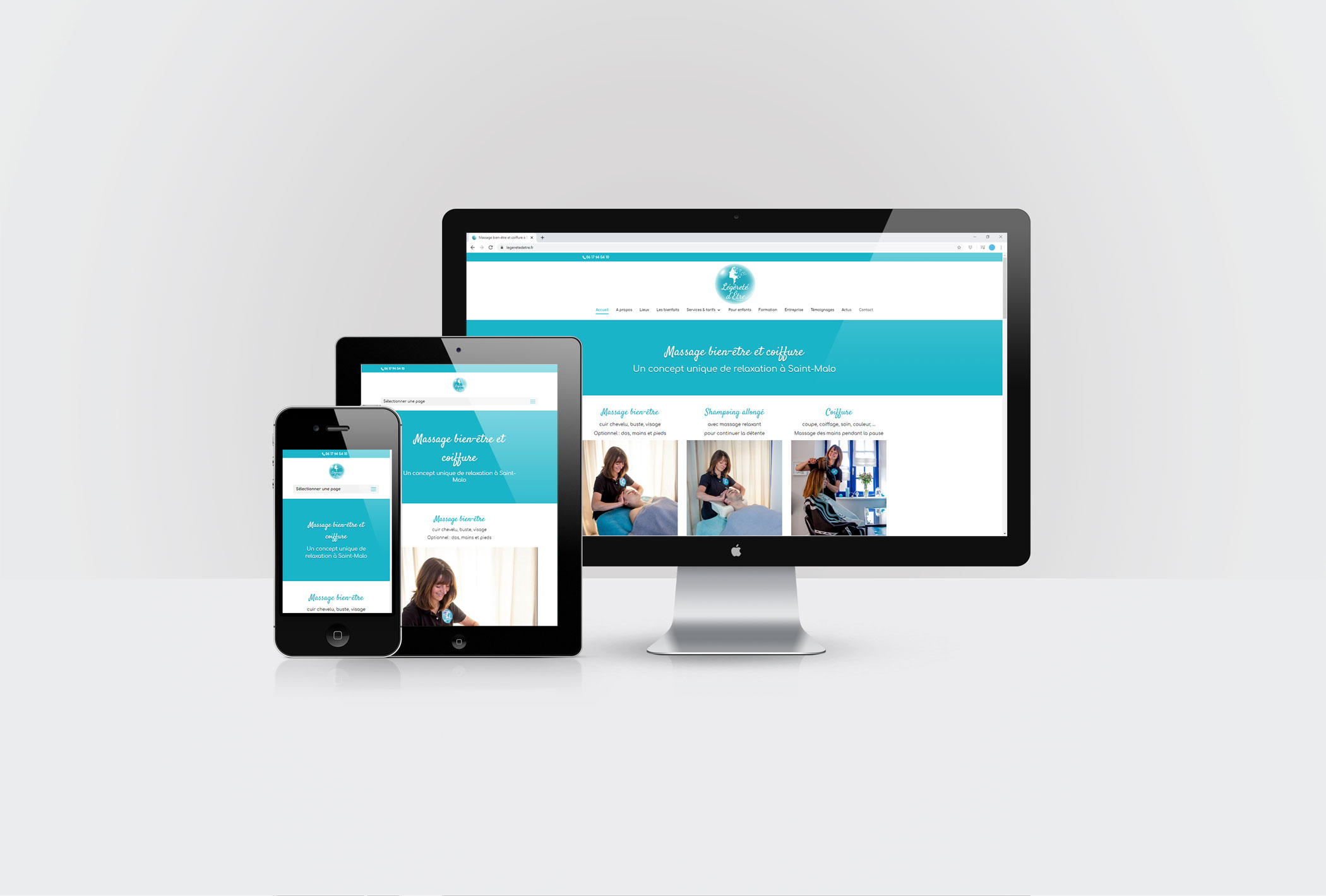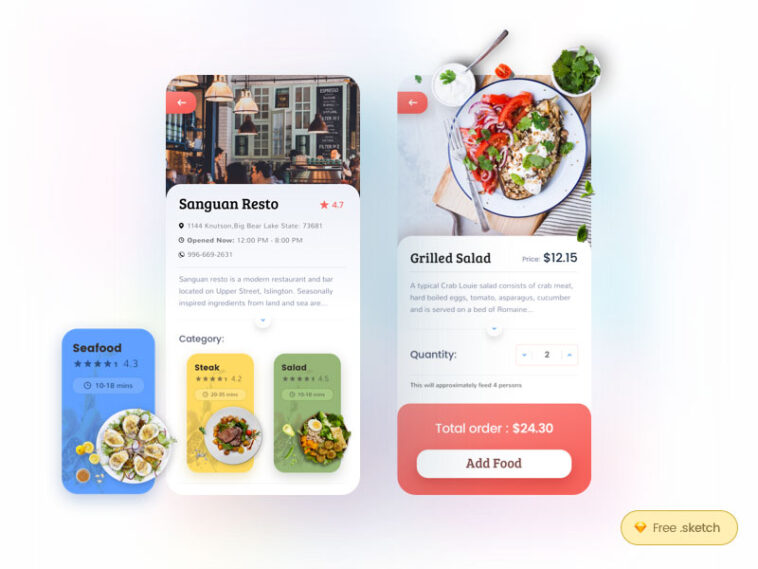
Webflow, Inc., which is an American software as-a-service (SaaS), provider of website building and hosting services, is a company called Webflow, Inc. This company offers an online editor platform that lets users create and launch websites. The website building and hosting platform offers design, functionality, as well as pricing all in one. Get started with web flow by signing up for a trial. Here is a brief overview of the software's features.
Transition states
Transition states connect several states in web flow design. A state may have more than one transition, each representing a different path. These states will then be ranked. The first evaluation will be followed by the last. For example, if a user clicks the "Thank You" button, the view state will transition to a "Thank You" state. A different phone number triggers a different transition than clicking on "Return", or "Continue."
Spring Web Flow identifies five types of states and transitions. Each state will have one transition. However, a state can have many transitions. A web flow can also contain subflows. Subflow states may have multiple transitions that are triggered by specific events. The view state represents the initial state for a flow. In the view state, the user is viewing a page or other document.

Element triggers
You can create a wide range of complicated interaction scenarios in the Interactions Panel of the Navbar. These interactions are based upon a page's changes. This includes scrolling down, clicking an element or hovering over it. While the triggers can be as simple as a click, hover over, or a click, you can also create complex interactions. These are just a few examples of the interactions you can use in the Navbar.
Click on an element to activate an interaction. This trigger may be added to multiple elements. Hovering over an element of album art can trigger three separate hover triggers. The hover triggers affect different classes on the page, fading in Action Icons, pink Album Gradient, and Album Info. Each of these triggers can be set to play on an initial interaction or after a second.
Content management system (CMS).
Webflow's CMS lets users create, edit and update content. The CMS of Webflow includes an online editing tool that allows users edit text and media. It allows users to define their own content styles and add team members. Webflow lets users create and manage projects. Webflow makes it easy to manage content in the CMS. You can also add new content quickly and easily to the CMS.
It provides a basic, free plan so you don’t have to worry too much about paying. Webflow's Individual Starter plan doesn't require a credit card and has no trial period. You get everything you need for building your site. The plan also allows you to create two websites. For $29.99, an annual subscription is also available if you are interested in managing multiple sites or adding new content.

Pricing
It's difficult to compare pricing for Webflow. The company offers a free plan with limited features. But, the paid plan unlocks more capabilities. The company offers integration with social media, e-commerce, and third party APIs. Although Webflow pricing can be complex, it is well worth the investment. Here's a breakdown of what you can expect to pay if you decide to use the platform.
Although Webflow's pricing structure is a bit complicated, it is flexible enough to allow you to personalize your site. Using this tool, you can easily build responsive websites without coding, launch and publish them, and integrate them with third-party applications. Webflow pricing may not be the most flexible, but it is cheaper than many of its rivals. Webflow was established in 2012, and was bootstrapped to raise $10m in ARR. This was later leveraged into a $72m Series A round in 2019.
FAQ
How do you choose a domain name
A good domain name is vital. A great domain name will help people find your site when they search for your product.
Domain names should not be too long, difficult to remember, specific to your brand, or unique. Ideal domain names are something people would type into their browser.
Here are some tips for choosing a domain name:
* Use keywords that are related to your niche.
* Do not use (-), symbols or hyphens.
* Don't use.net or.org domains.
* Don't use words that have been used before.
* Avoid generic terms like domain or website.
* Make sure it is available.
What is a responsive design web design?
Responsive Web Design, also known as RWD, is a way of designing websites so that content displays on all devices. This includes desktop computers, tablets (tablets), smartphones, etc. This allows users the ability to view a website simultaneously on different devices and still have access to other features like navigation menus, buttons, and so forth. RWD aims to ensure that every user who views a site is able to view it on any screen size.
If you are building a website to sell products primarily via eCommerce, then you want to make sure that customers can purchase items from your store even if they view it on their smartphones.
A responsive website will adjust its layout automatically based on what device is used to view it. It will appear the same as a regular desktop website if you view it on your laptop. But, the page will appear differently if you view it on your phone.
This allows you create a website that looks great on any device.
How much do web developers make?
A website is a project you can work on for your own money. You'll likely make $60-$80 an hr. However, if you wish to charge more, you can become an independent contractor. It is possible to charge between $150-200 an hour.
What should I include in my Portfolio?
These are the things you should include in your portfolio:
-
You can also see examples of your previous work.
-
If you have one, links to it.
-
These are links to your blog.
-
Here are some links to social media pages.
-
Links to online portfolios of other designers.
-
Any awards that you have received.
-
References.
-
Get samples of your works.
-
These links will help you communicate with clients.
-
Links showing you're willing to learn new technologies.
-
Here are some links to show you are flexible.
-
You can find links that reflect your personality.
-
Videos showing your skills.
What Types of Websites Should I Create?
The answer to this question depends on your goals. Your website should be able to sell products online. This will allow you to build a successful business. To do this, you will need to create a strong eCommerce website.
Blogs, portfolios, forums, and other types of websites are also popular. Each type of website requires different skills. If you are looking to start a blog, then you need to know about blogging platforms like WordPress and Blogger.
When you choose a platform, you will also need to figure out how to customize the look of your site. There are many templates and themes available that can be used for free on each platform.
Once you have decided on a platform, you are able to start building your website by adding content. Pages can include images, videos, text and links.
Your new website is ready to be published online. Once published, visitors can view your site in their browsers.
How Do I Create a Free Website?
This will depend on the type and purpose of your website. Are you trying to sell products online, create a blog or build a portfolio of websites?
A combination of HyperText Markup Language, Cascading Stil Sheets and HTML can create an essential website. It is possible to make a basic website with HTML and CSS. However, many web developers recommend using a WYSIWYG editor, such as Frontpage or Dreamweaver.
Hiring a freelance developer is a good option if you don’t have much experience with designing websites. They can help you create a custom website based on your needs.
A freelance developer may charge you either a flat-fee per project, or an hourly fee. It all depends on how much work they do in a set timeframe.
For example, you might pay $50-$100 an hour to a company. For larger projects, rates are usually higher.
Many freelance websites also list open jobs. You could search there first before contacting potential developers directly.
Can I build my website using HTML & CSS?
Yes, you can! It is possible with basic knowledge of web design, programming languages like HTML (Hyper Text Markup Language), CSS (Cascading style Sheets), and HTML (Hyper Text Markup Language). These languages enable you to create websites that are accessible to anyone with an internet connection.
Statistics
- It's estimated that in 2022, over 2.14 billion people will purchase goods and services online. (wix.com)
- When choosing your website color scheme, a general rule is to limit yourself to three shades: one primary color (60% of the mix), one secondary color (30%), and one accent color (10%). (wix.com)
- It enables you to sell your music directly on your website and keep 100% of the profits. (wix.com)
- The average website user will read about 20% of the text on any given page, so it's crucial to entice them with an appropriate vibe. (websitebuilderexpert.com)
- It's estimated that chatbots could reduce this by 30%. Gone are the days when chatbots were mere gimmicks – now, they're becoming ever more essential to customer-facing services. (websitebuilderexpert.com)
External Links
How To
How to choose one CMS from another?
There are two types in general of Content Management System (CMS). Web Designers use Static HTML or Dynamic CMS. WordPress is the most popular CMS. Joomla! is an excellent CMS for making your site professional and well-organized. Joomla! is an open-source CMS that allows you to create any type of website design. It's easy to install and configure. You don't need to hire a developer to set up your site because Joomla comes with thousands of ready-made templates and extensions. In addition, Joomla is free to download and use. Joomla is an excellent choice for your next project.
Joomla is a powerful tool that allows you to manage every aspect of your website easily. Joomla offers many features, such as a drag and drop editor, multiple templates support, image manager blog management, news feed, eCommerce, and a blog management. Joomla's many features make it a great option for anyone who doesn't want to spend hours learning code.
Joomla supports nearly all devices. This is a great feature. So, if you want to develop websites for different platforms, you can do so easily.
There are many reasons people choose Joomla over WordPress. Some of them include:
-
Joomla is Open Source Software
-
Easy to Install and Configure
-
Many thousands of pre-made templates and extensions
-
It's free to download and use
-
All Devices are supported
-
The Powerful Features
-
Great Support Community
-
Very Secure
-
Flexible
-
Highly Customizable
-
Multi-Lingual
-
SEO Friendly
-
Responsive
-
Social Media Integration
-
Mobile Optimized